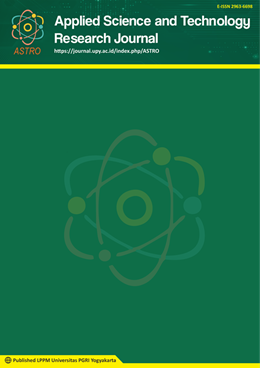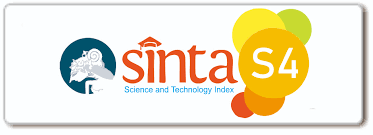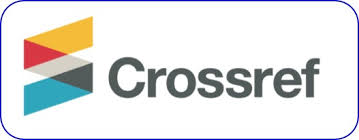Decision Support System for Prospective Scholarship Recipients Using SMARTER and Forward Chaining Method
DOI:
https://doi.org/10.31316/astro.v2i1.4647Abstract
The purpose of this research is to design and build a web-based decision support system application to determine prospective scholarship recipients at MAN 2 Yogyakarta and test its reliability. The Decision Support System is a problem solving system with supporting tools. This system can solve problems using algorithm methods. One of the decision support system methods that can be applied to scholarship cases at MAN 2 Yogyakarta is the Simple Multi-Attribute Rating Technique Exploiting Ranks (SMARTER) method and forward chaining. The SMARTER method is a decision support method by determining the criteria and sub-criteria and their weight using the ROC (Rank Order Centroid). Meanwhile, the forward chaining method is a search method or a forward tracking technique that starts with existing information and combines rules to produce a conclusion or goal. The advantages of the DSS that have been developed are as follows. (1) The DSS built can be used by the scholarship selection team to recommend students who have the potential to get scholarships more quickly and objectively (2) The DSS for prospective scholarship recipients that was developed uses two methods of calculation, namely the Simple Multi-Attribute Rating Technique Exploiting Ranks (SMARTER) and Forward Chaining methods, so that the prediction results are better and faster. The SMART method emphasizes more detailed criteria and the Forward Chaining Method allows for a faster selection process.
Downloads
Published
How to Cite
Issue
Section
Citation Check
License
Copyright (c) 2023 Muhammad Fairuzabadi, Joyanda Agustia Rizki, Sunggito Oyama

This work is licensed under a Creative Commons Attribution-ShareAlike 4.0 International License.
Authors who publish with this journal agree to the following terms:
- The journal allow the authors to hold the copyright without restrictions and allow the authors to retain publishing rights without restrictions.
- Authors retain copyright and grant the journal right of first publication with the work simultaneously licensed under a Creative Commons Attribution-ShareAlike 4.0 International License that allows others to share the work with an acknowledgement of the work's authorship and initial publication in this journal.
- Authors are able to enter into separate, additional contractual arrangements for the non-exclusive distribution of the journal's published version of the work (e.g., post it to an institutional repository or publish it in a book), with an acknowledgement of its initial publication in this journal.
- Authors are permitted and encouraged to post their work online (e.g., in institutional repositories or on their website) prior to and during the submission process, as it can lead to productive exchanges, as well as earlier and greater citation of published work (See The Effect of Open Access).












